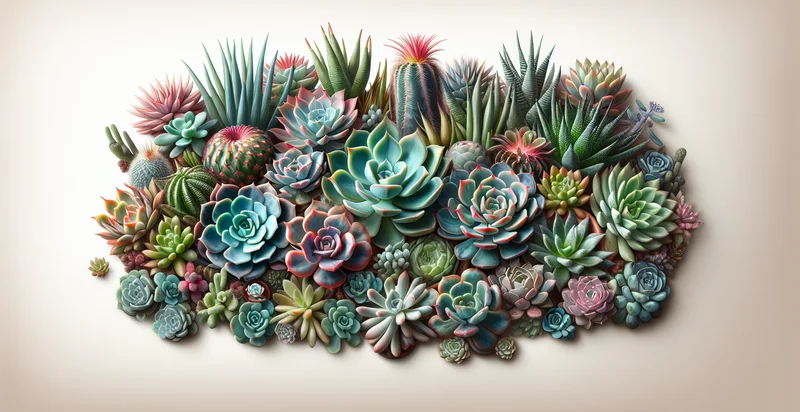Identify succulent species
using AI
Below is a free classifier to identify succulent species. Just upload your image, and our AI will predict what species of succulent it is - in just seconds.

Contact us for API access
Or, use Nyckel to build highly-accurate custom classifiers in just minutes. No PhD required.
Get started
import nyckel
credentials = nyckel.Credentials("YOUR_CLIENT_ID", "YOUR_CLIENT_SECRET")
nyckel.invoke("succulent-species", "your_image_url", credentials)
fetch('https://www.nyckel.com/v1/functions/succulent-species/invoke', {
method: 'POST',
headers: {
'Authorization': 'Bearer ' + 'YOUR_BEARER_TOKEN',
'Content-Type': 'application/json',
},
body: JSON.stringify(
{"data": "your_image_url"}
)
})
.then(response => response.json())
.then(data => console.log(data));
curl -X POST \
-H "Content-Type: application/json" \
-H "Authorization: Bearer YOUR_BEARER_TOKEN" \
-d '{"data": "your_image_url"}' \
https://www.nyckel.com/v1/functions/succulent-species/invoke
How this classifier works
To start, upload your image. Our AI tool will then predict what species of succulent it is.
This pretrained image model uses a Nyckel-created dataset and has 20 labels, including Adenium, Aeonium, Agave, Aloe Vera, Burro'S Tail, Cacti, Crassula, Echeveria, Euphorbia and Graptopetalum.
We'll also show a confidence score (the higher the number, the more confident the AI model is around what species of succulent it is).
Whether you're just curious or building succulent species detection into your application, we hope our classifier proves helpful.
Related Classifiers
Need to identify succulent species at scale?
Get API or Zapier access to this classifier for free. It's perfect for:
- Home Gardening Assistant: This function can assist home gardeners in identifying succulent species to ensure proper care and maintenance. By uploading an image of a plant, users can receive detailed information about the specific species, including watering needs and sunlight requirements.
- E-commerce Plant Retail: Online plant retailers can integrate this image classification function into their websites or apps to enhance customer experience. Customers can take a photo of a succulent they wish to purchase or identify, and the system will provide product recommendations based on the identified species.
- Botanical Research Tool: Researchers studying plant biology and ecology can utilize this classification function to accurately catalog succulent species. By analyzing large datasets of plant images, researchers can deepen their understanding of biodiversity and assist in conservation efforts.
- Educational Resource for Schools: Educational institutions can use the succulent species identifier as a teaching tool for botany or horticulture classes. Students can engage in hands-on learning by exploring different succulent species through image classification and gain knowledge about plant characteristics and their habitats.
- Social Media Plant Communities: Plant enthusiasts and social media platforms can implement this function to enhance user-generated content. Users can upload images of their succulents to receive instant identification, fostering engagement and community discussions about plant care tips and sharing information related to specific species.
- Landscape Design Planning: Landscape architects can use this image classification tool to select appropriate succulent species for specific environments. By identifying the succulents in existing landscapes, designers can make informed decisions about new designs that consider drought resistance and aesthetic harmony.
- Mobile Gardening App: Developers can integrate the succulent species identifier into a mobile gardening application providing users with a comprehensive guide to succulent care. This app would allow users to quickly identify succulents, access care tips, and even set reminders for watering and fertilization based on the specific species they own.


